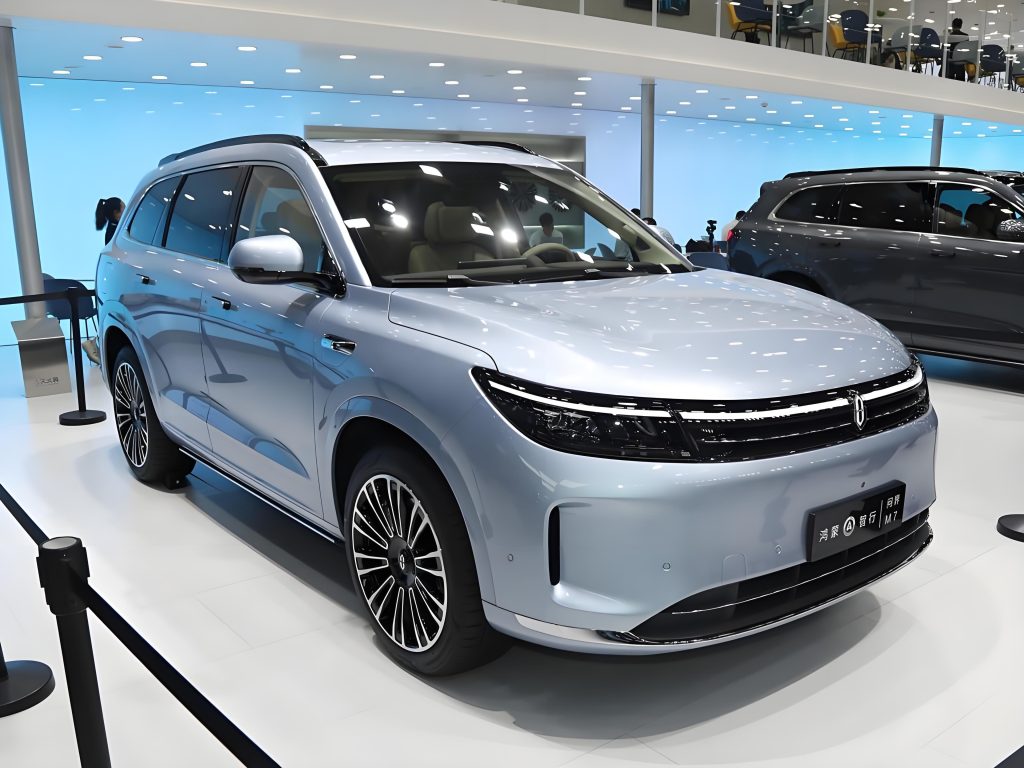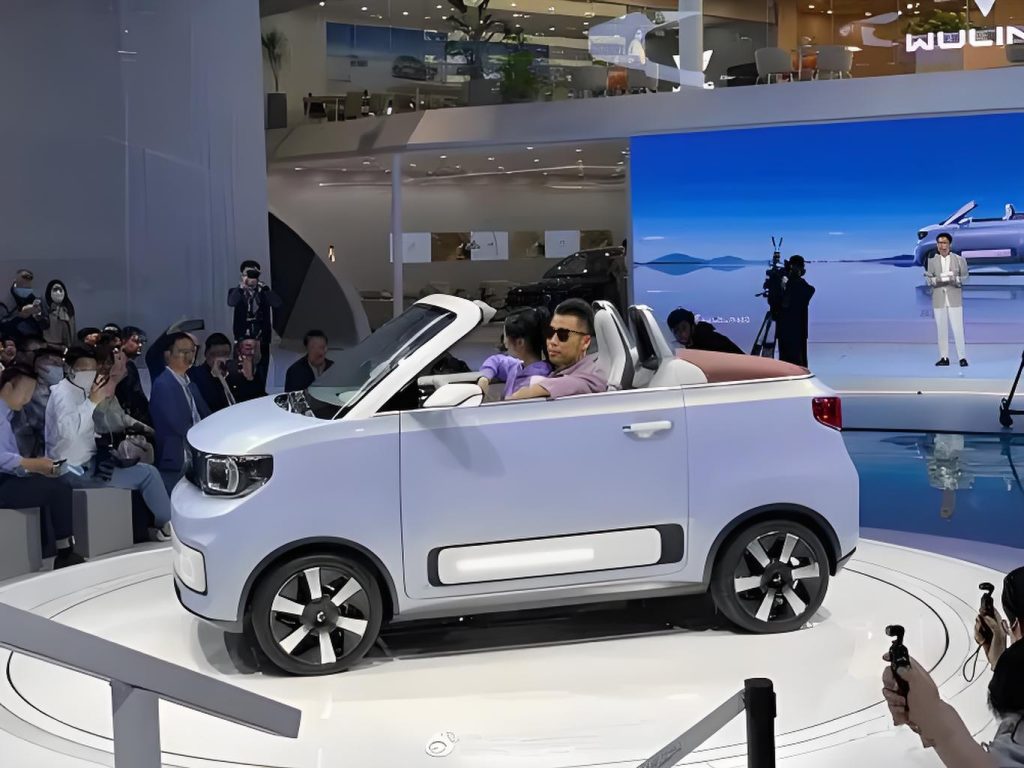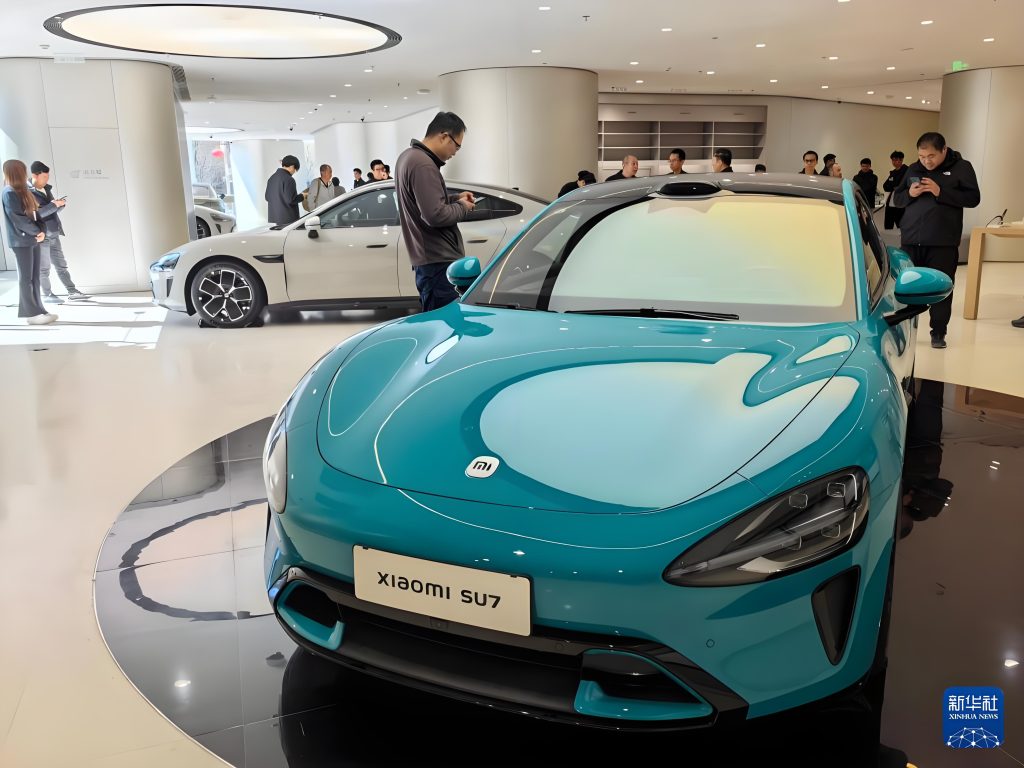Introduction: The EV Price Shock – Why Americans Are Jealous of China’s Affordable Options

A TikTok video recently went viral in the US, showcasing the BYD Seagull—a compact electric car priced at just ¥65,100 (≈$9,000). American viewers were stunned: “This costs less than my used Honda!” Meanwhile, Chinese netizens shrugged: “This is normal here.” The stark contrast highlights a global EV divide: China’s electric vehicles are not just advanced but shockingly affordable, thanks to aggressive subsidies, localized supply chains, and cutthroat competition1

In this article, we break down the real costs of owning an EV in China, from purchase to daily expenses, and compare perspectives from both sides of the Pacific.
Part 1: Upfront Costs – How China’s EV Prices Redefine “Affordable”
1.1 Entry-Level EVs: The $9,000 Revolution
For Budget Buyers:
- BYD Seagull (海鸥): Priced at 65,100 yuan ($9,000), this compact EV offers 305 km of range. It’s the best-selling EV in China for 2024.
- Wuling Hongguang MINI EV (五菱宏光MINI EV): The “people’s EV” starts at 28,800 yuan ($4,000).
US Comparison:
- The cheapest US EV (Chevrolet Bolt) starts at $27,500—triple the cost of a Wuling MINI.
1.2 Premium EVs: Luxury Without the Hefty Price Tag
For Tech-Savvy Urbanites:


- Xiaomi SU7 (小米SU7): Starts at 215,900 yuan ($30,000) with 700 km range.
- NIO ET5 (蔚来ET5): Priced from 298,000 yuan ($41,000), includes battery-swapping services.
US Comparison:
- Tesla Model 3 starts at 40,000���ℎ���,�ℎ�������4�����40,000intheUS,whileBMWi4costs52,000.

Part 2: Hidden Costs – Charging, Insurance, and More
2.1 Charging: Cheap but Inconvenient?
- Home Charging: A full charge for a BYD Seagull costs 30 yuan ($4).
- Public Charging: Costs 0.1 yuan/km ($0.014/km)—1/5 the cost of gasoline cars.
2.2 Insurance and Maintenance
- Insurance: Annual premiums range from 4,000–8,000 yuan ($550–1,100).
- Maintenance: Annual costs average 500–1,000 yuan ($70–140).
Part 3: The Big Picture – Why China’s EV Dominance Is Unstoppable
3.1 Government Subsidies and Policy Support
- Purchase Subsidies: Up to 13,000 yuan ($1,800) until 2023.
- Charging Infrastructure: China built 2.1 million public chargers by 2024.
Conclusion: The EV Gap – A Wake-Up Call for the West
Chinese drivers enjoy 0.014/�������������0.014/kmcommutesand9,000 EVs. As one netizen quipped: “Why pay for a gas guzzler when you can buy a Seagull and save enough for a vacation?”



